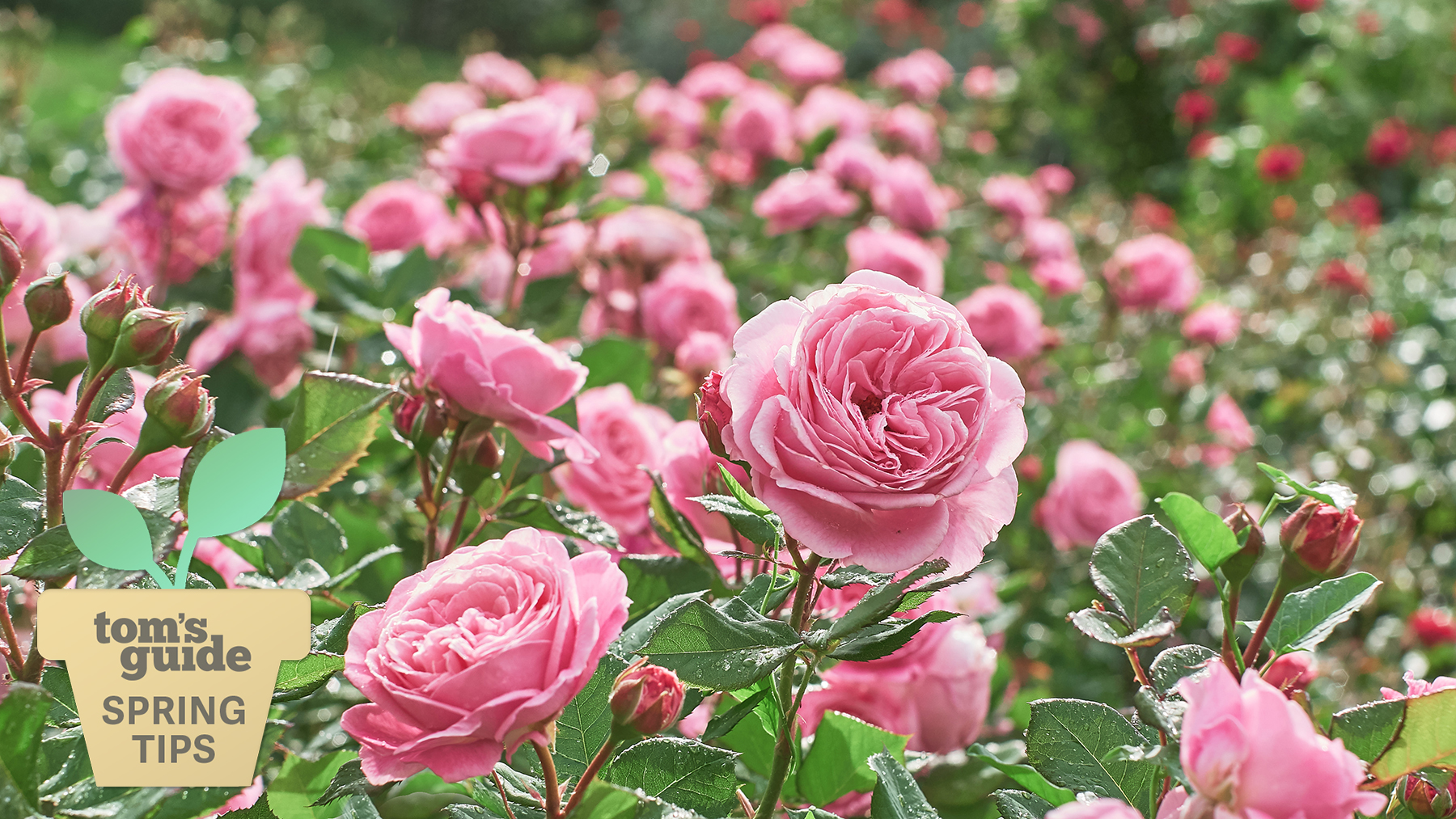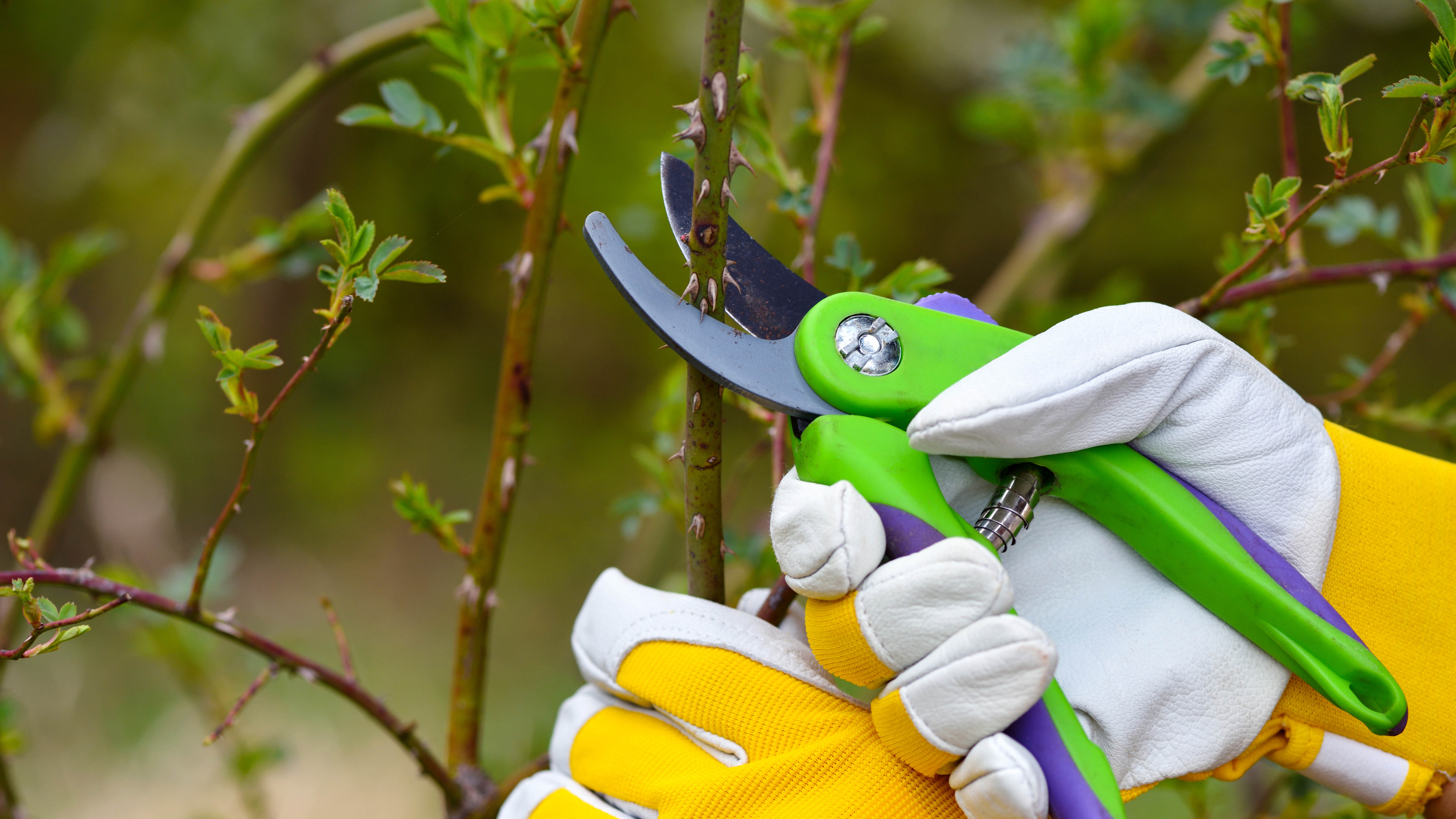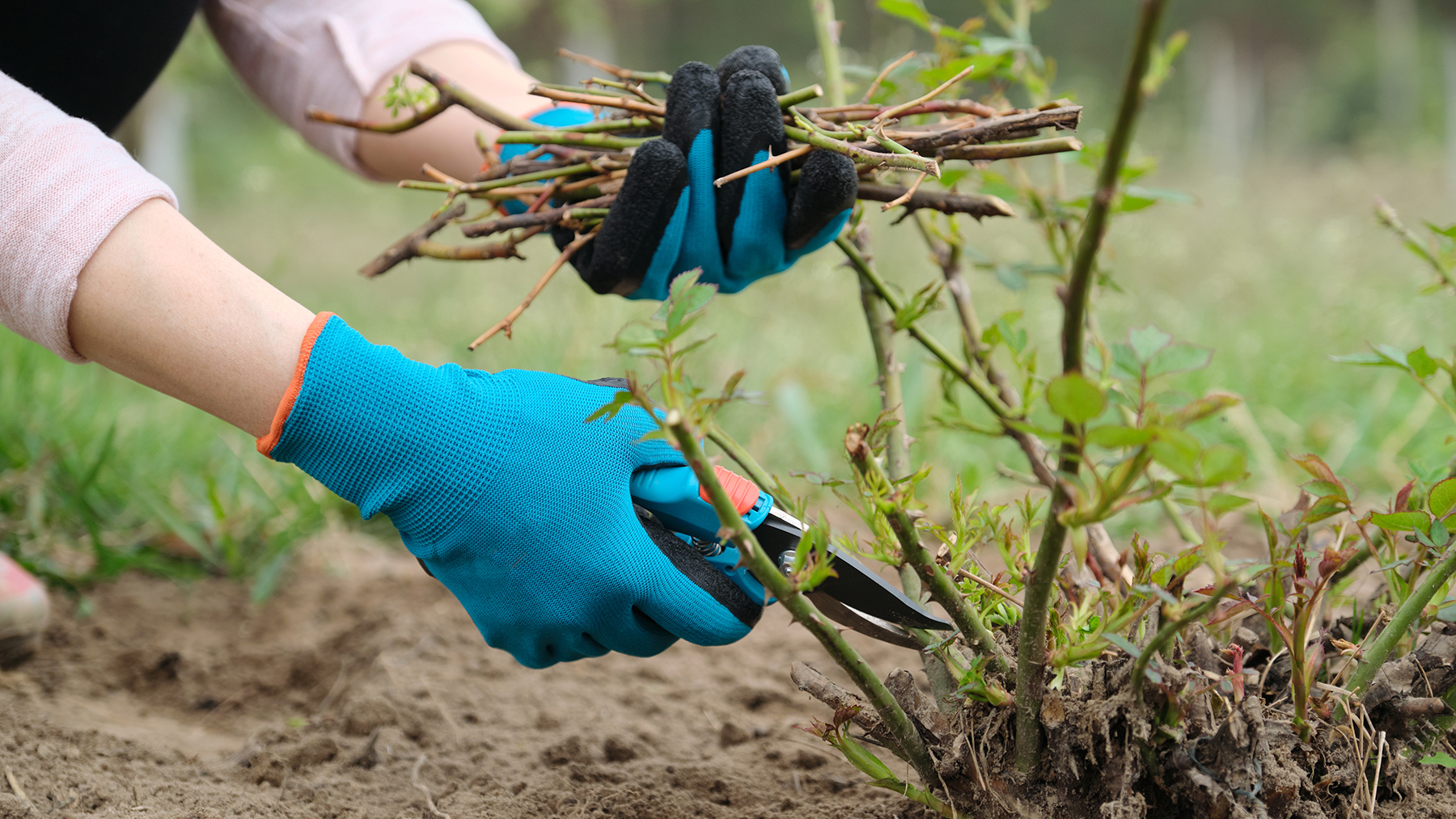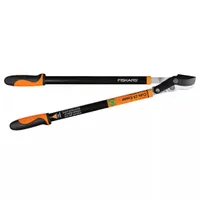When is it too late to prune roses? Advice from a rose expert

There are so many jobs to do in your yard to prepare for spring that it’s easy to run out of time before they are all completed. However, certain jobs, like pruning roses, must be done at the right time to ensure your plants remain healthy and produce the luscious blooms you look forward to.
So, is it too late to prune roses? Luckily, there is still time, but don’t leave it much longer because pruning your roses too late can lead to lacklustre or late flowers.
Here, we’ve gathered the advice of a rose expert to explain how to prune your roses during mid-spring.
You many also be interested in what causes spots on my roses and how to get rid of them and how to care for your roses in fall and winter.
When is it too late to prune roses?

“Ideally, roses should be pruned in late winter or early spring,” explains Kristen Smith, rose evaluation manager at Star Roses and Plants. However, the timing will vary slightly depending on your location.
“For us in southeastern Pennsylvania,” says Smith, “that timing is usually around mid-March when the Forsythia bushes start to bloom.”
However, it’s not too late. “You may still prune your roses in April and early May; it just may slightly delay the first flush of blooms, which occurs around Memorial Day (May 27) to early June,” she adds.
Get instant access to breaking news, the hottest reviews, great deals and helpful tips.
When is the ideal time to prune roses?
The best time to prune roses is in late winter to early spring
The best time to prune roses is in late winter to early spring when the leaf buds start to swell and push out. “The roses are just starting to come out of dormancy at this time of year, and pruning the rose now will set it up to have a nice shape and habit as it continues to leaf out and grow throughout the upcoming season,” explains Smith.
And despite the many different types of roses, such as hybrid tea roses, grandiflora roses, shrub roses, and climbing roses, to name a few, she says they can all be pruned at the same time.
How to prune a rose in late Spring?

No matter what time of year it is, dead or diseased branches can be pruned to remove them from the plant. By removing dead or weak growth, more room is left for air to circulate, making space for healthy blooms.
Whatever time of year you prune your roses, you should always use a pair of the best pruning shears and ensure that the blades are clean and sharp. Knowing some easy tips for cleaning pruning shears will help prevent disease from spreading from plant to plant, while a sharp blade will give a clean and healthy cut without damaging the stems.
Between mid-April and early May, Smith advises pruning roses back by about two-thirds.
How to prune an overgrown rose
If your rose hasn’t seen a pair of pruning shears for a while, it’s probably overgrown and needs a hard prune to promote healthy growth and give it a good shape.
In this instance, Smith suggests that you may need heavier-duty pruning loppers if you are pruning back an overgrown rose whose canes have become very old and thick. “If the rose is an old, overgrown climber,” she says, “you may want to thin the canes out a bit and keep only 3-5 medium-sized ones.”
Fiskars 28inch Power-Lever Looper: $29.99 @ Target
These pruning loopers are suitable to cut branches up to 1¾-inches in diameter and have twice the power to cut through thick branches. The steel blades are rust resistant and have a low-friction coating to help the blade glide through the wood.
What will happen if you don't prune your roses?
If roses are not pruned, they may grow larger than you would prefer. “Pruning helps to keep your rose growing with an attractive, uniformly shaped habit. It also helps rejuvenate the rose and usually produces a rose bush with a heavier, more uniform flush of blooms in the spring,” advises Smith.
Spending time pruning your roses also allows you to check your plants for pests or diseases and to cut away any dead or diseased canes that will harm your plant.
More from Tom's Guide

Camilla is the Homes Staff Writer and covers everything to do with homes and gardens. She has a wealth of editorial experience, mounting over 30 years, and covers news and features, tests products for reviews and compiles buying guides.
Her work has appeared in business and consumer titles, including Ideal Home, Real Homes, House Beautiful, Homebuilding & Renovation, and Kitchen & Bathroom Business. She’s even appeared on the cover of Your Home, writing about her own house renovation.
Although she’s obsessed with decorating her home, she also enjoys baking and trying out the latest kitchen appliances. But when she’s not inside, you’ll find her pottering about in her yard, tending to her vegetable patch or taking in her prized hydrangeas.

